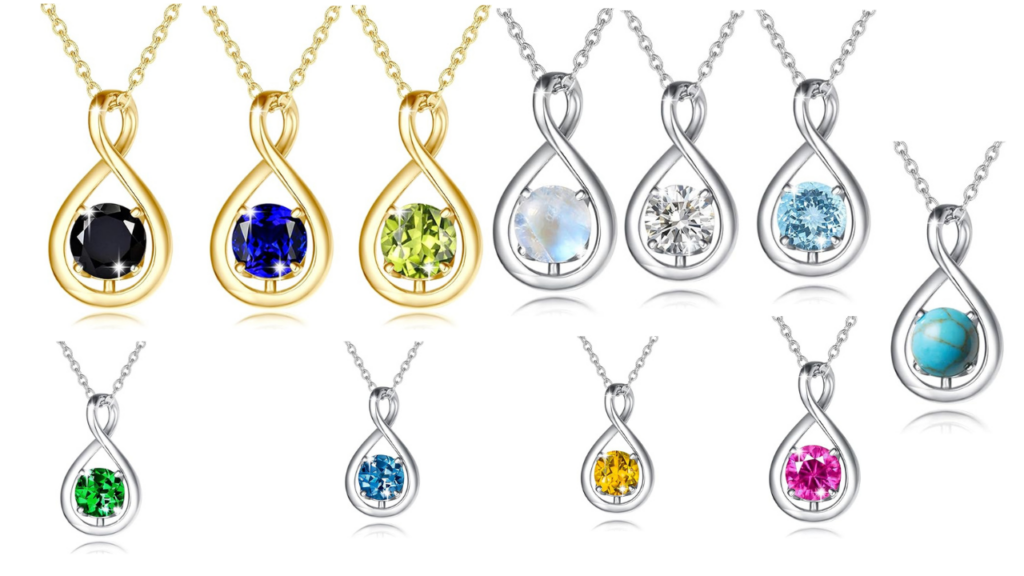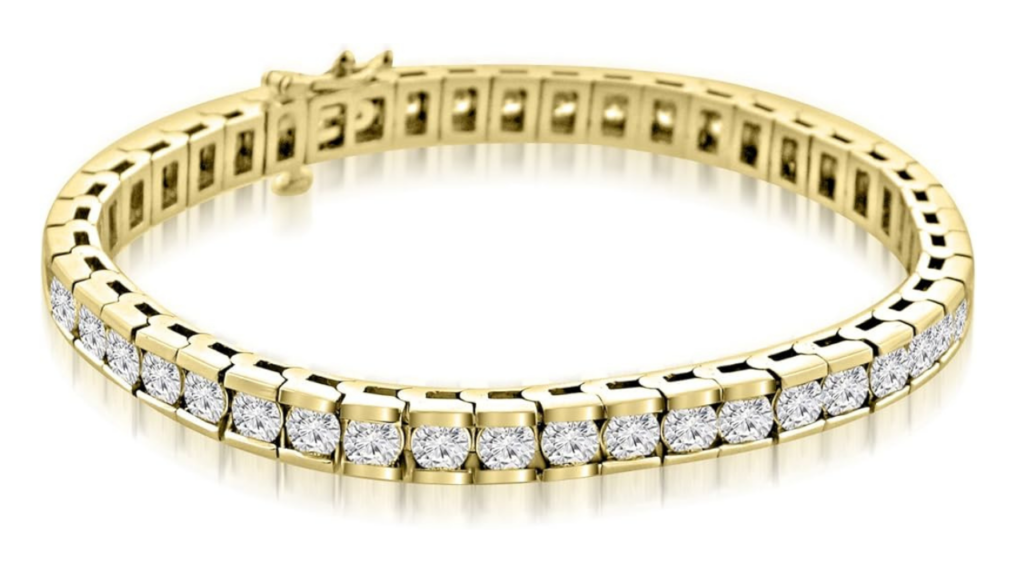The Fascinating History of the Kohinoor Gemstone: From Ancient Myths to Modern Controversy
The “Kohinoor diamond”, translating to “Mountain of Light” in Persian, is one of the most famous and legendary gemstones in the world. Its journey through history is intertwined with stories of conquest, power, and intrigue. Once considered the “jewel of kings,” the Kohinoor has been at the center of dynastic wars, a symbol of imperial conquest, and the focus of modern international disputes about rightful ownership. Let’s delve into its rich and storied past.
The Ancient Origins of Kohinoor
The Kohinoor diamond is believed to have been mined in the **Golconda region** of modern-day Andhra Pradesh, India—home to some of the earliest diamond mines in the world. Historical accounts suggest a connection with ancient Sanskrit texts, specifically referring to the fabled **Syamantaka**, a magical jewel said to produce an endless supply of gold. While this association remains speculative, the Kohinoor’s documented history begins much later.
In the “12th century”, the diamond was reportedly owned by the “Kakatiya dynasty”, who placed it in the idol of a Hindu goddess in their temple. The Kohinoor was later seized by forces of the “Delhi Sultanate” under “Alauddin Khilji”, marking the gemstone’s first major appearance in the annals of conquest and imperialism.
The Mughal Empire and the Peacock Throne
During the “16th century”, the Kohinoor came into the possession of the “Mughal Empire”, which ruled much of the Indian subcontinent. It was treasured by the Mughals, along with other famous diamonds, including the Darya-i-Noor and the Taimur Ruby. The Kohinoor was eventually incorporated into the opulent **Peacock Throne** of Emperor **Shah Jahan**, the same ruler who commissioned the Taj Mahal.
The diamond gleamed at the heart of Mughal wealth and power, but as the empire disintegrated under successive rulers, so did their hold on the precious gem.
From Nadir Shah to the Sikhs
In 1739, the Persian ruler **Nadir Shah** invaded Delhi. After defeating the Mughals, he looted the city’s treasures, including the Peacock Throne. When Nadir Shah first laid eyes on the diamond, he reportedly exclaimed, “Koh-i-Noor!” (“Mountain of Light”), giving the diamond its iconic name. The Kohinoor was taken to Persia, beginning another chapter in its journey.
After Nadir Shah’s assassination, the diamond moved across various rulers in Persia and Afghanistan until it came into the possession of “Maharaja Ranjit Singh”, leader of the Sikh Empire, in the early 19th century. Ranjit Singh saw the Kohinoor as not just a dazzling jewel but a symbol of divine blessings and his reign’s prosperity.
British Acquisition and Colonial Legacy
The Kohinoor’s fate changed drastically after the “Second Anglo-Sikh War” of 1849. Following the British annexation of Punjab, the gem was handed over to “Queen Victoria” under the terms of the “Treaty of Lahore”, a move many historians describe as colonial exploitation. The diamond was shipped to England, arriving amidst great fanfare.
However, the Kohinoor’s appearance at the “Great Exhibition of 1851” failed to impress European jewel connoisseurs, due to its original Indian cut. To enhance its brilliance, British diamond cutters were tasked with re-shaping it in 1852. This process reduced the diamond’s size from “186 carats” to “105.6 carats” but gave it greater sparkle, aligning with Western aesthetic tastes.
After its recut, the Kohinoor became a part of the British Crown Jewels and has since adorned the crowns of several queens, including Queen Victoria, Queen Alexandra, and Queen Elizabeth “The Queen Mother”
The Kohinoor Today: A Symbol of Controversy
Today, the Kohinoor resides in the “Tower of London”, where it is displayed as part of the British Crown Jewels. It currently sits in the crown of Queen Elizabeth, the Queen Mother, and while its brilliance continues to dazzle visitors, the diamond’s ownership remains a matter of heated debate.
Several countries, including India, Pakistan, Afghanistan, and Iran have laid claim to the Kohinoor, arguing that the diamond was taken unfairly during periods of conquest and colonization. India has repeatedly petitioned for its return, claiming it as part of its cultural heritage, but the British government has resisted such requests, citing legal ownership under the Treaty of Lahore.
Myths and Legends Surrounding the Kohinoor
The Kohinoor is not just a diamond; it is steeped in legends. Historically, folklore stated that the diamond carried a curse: it brought misfortune to male owners while blessing female wearers with prosperity. This belief influenced its placement in the crowns of queens rather than kings.
In Hindu mythology, the Kohinoor was believed to have divine origins, associated with ancient gods and celestial powers. These myths have contributed to the gemstone’s mystique and allure over the centuries.
Conclusion: The Eternal Sparkle of Kohinoor
The Kohinoor’s fascinating journey, from ancient Indian temples to Mughal courts, Persian invasions, Sikh dynasties, and British colonial power, represents more than just the passage of a gemstone. It stands as a testament to human ambition, creativity, and the darker sides of imperial history. The jewel’s unique charm, coupled with its controversial legacy, ensures that it remains one of the world’s most talked-about diamonds.
As calls for its repatriation intensify in modern times, the Kohinoor continues to symbolize imperial heritage and the complex interplay of history, art, and power. Whether it stays in Britain or returns to its original homeland, the Kohinoor will forever remain the “Mountain of Light.”
References:
- Dalrymple, William, and Anand, Anita. *Koh-i-Noor: The History of the World’s Most Famous Diamond*. Bloomsbury Publishing, 2017.
- Tower of London’s Crown Jewels Exhibition
- Historical insights into Anglo-Sikh relations and Treaty of Lahore via accessible public records.
Our Recommended Products:
Moissanite Pendant Necklaces for Women 0.5Ct-7.6Ct Jewelry for Wife Her Mom Daughter Girlfriend Birthday Wedding Anniversay Engagements Gifts for Wife Christmas Valentine Mothers Day

1/2 to 3 Carat Solitaire Diamond Necklaces for Women | Round Cut Lab Grown Diamond | 14K White Gold Pendant | Fine Jewelry for Her | Timeless Design | Gift Box Included

Amazon Essentials 10K Yellow Gold Diamond Two Hearts Ring (1/10 cttw) (previously Amazon Collection)



